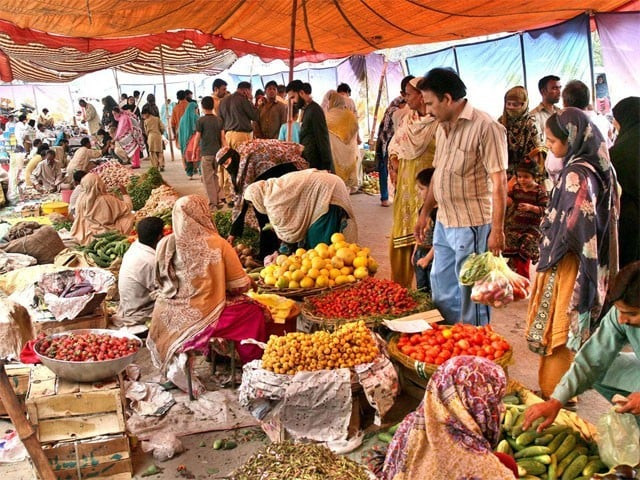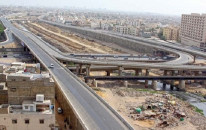Core inflation hits highest level in almost 4 years
Overall inflation remains stable, but is likely to gain pace in coming months due to tax measures

Core inflation, excluding the volatile food and energy items, increased 7.7% in August.
PHOTO:FILE
Measured by the Consumer Price Index (CPI), the average rate of increase in prices of 40 dozen items came in at 5.84% last month, reported the national data-collecting agency on Monday. It was the second consecutive month when inflation remained around 5.8%.
Core inflation, excluding the volatile food and energy items, increased 7.7% in August, slightly higher than the key policy rate of 7.5% set by the State Bank of Pakistan (SBP) in July.
Turkey inflation surges to 15-year high in August
It is the highest rate of core inflation in the past three years and ten months. Last time, the core inflation stood at 7.8% in October 2014.
The SBP’s monetary policy committee said average headline inflation for the ongoing fiscal year was expected to cross the 6% annual target. The key inflation indicator has been increasing due to surge in prices of both food and non-food items. A steep decline in the value of the rupee since December has also shaken an overall stable inflationary environment.
Central bank and finance ministry authorities are in the process of preparing a new macroeconomic framework to deal with the challenges posed by deterioration in the fiscal and current account deficits.
Core inflation reaches 7% for first time in 41 months
Sources in the ministry said one of the options was to curb aggregate demand by increasing the interest rate. The other option for restricting the fiscal deficit is to enhance taxes on domestic and imported goods.
In this scenario, sources said, the inflation could jump above 7.5% in the current fiscal year. This could push central bank authorities to increase the policy rate to keep overall lending rates positive.
The CPI is calculated by recording prices only from urban centres. The PBS had promised that the new inflation basket would comprise 600 goods including 244 from rural areas. But so far the decision has not been implemented. Another indicator for higher inflation in coming months is a double-digit increase in prices in the wholesale market. The Wholesale Price Index rose 11% in August, according to the PBS.
Factory prices translate into market prices within a span of three to four months. PBS data showed that on a year-on-year basis, kerosene oil price jumped over 38% and petrol rate rose 28% in August over the same month last year. Owing to the increase in prices of petrol and high-speed diesel, transport service charges also went up 14.2% last month. If the government decides to increase taxes on petroleum products, it will also push up non-food inflation.
Brace yourself for inflation as the rupee takes a hit
The cost of educational services increased 13% and that of motor vehicles over 11.5% in August due to depreciation of the rupee against the US dollar since December.
Newspaper charges increased 11%, water supply cost 10.6% and construction input items 10% last month compared with a year ago.
In the food group, betel leaf prices rose over 152% due to imposition of regulatory duty. Tomato prices jumped over 62%, followed by a 10.5% increase in meat prices. Prices of perishable food items increased due to higher seasonal demand.
Published in The Express Tribune, September 4th, 2018.
Like Business on Facebook, follow @TribuneBiz on Twitter to stay informed and join in the conversation.



















COMMENTS
Comments are moderated and generally will be posted if they are on-topic and not abusive.
For more information, please see our Comments FAQ